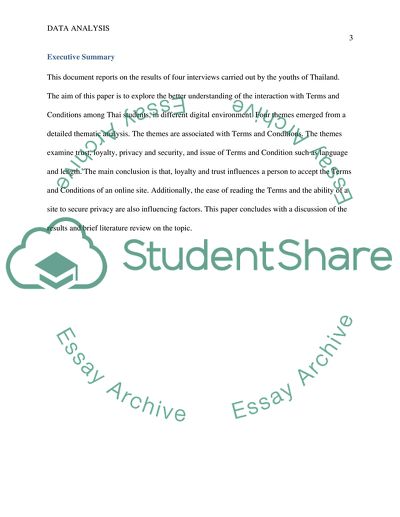Cite this document
(Interaction with Terms and Conditions among Thai Students in Digital Case Study, n.d.)
Interaction with Terms and Conditions among Thai Students in Digital Case Study. Retrieved from https://studentshare.org/information-technology/1679036-qualitative-data-analysis-report
Interaction with Terms and Conditions among Thai Students in Digital Case Study. Retrieved from https://studentshare.org/information-technology/1679036-qualitative-data-analysis-report
(Interaction With Terms and Conditions Among Thai Students in Digital Case Study)
Interaction With Terms and Conditions Among Thai Students in Digital Case Study. https://studentshare.org/information-technology/1679036-qualitative-data-analysis-report.
Interaction With Terms and Conditions Among Thai Students in Digital Case Study. https://studentshare.org/information-technology/1679036-qualitative-data-analysis-report.
“Interaction With Terms and Conditions Among Thai Students in Digital Case Study”, n.d. https://studentshare.org/information-technology/1679036-qualitative-data-analysis-report.


